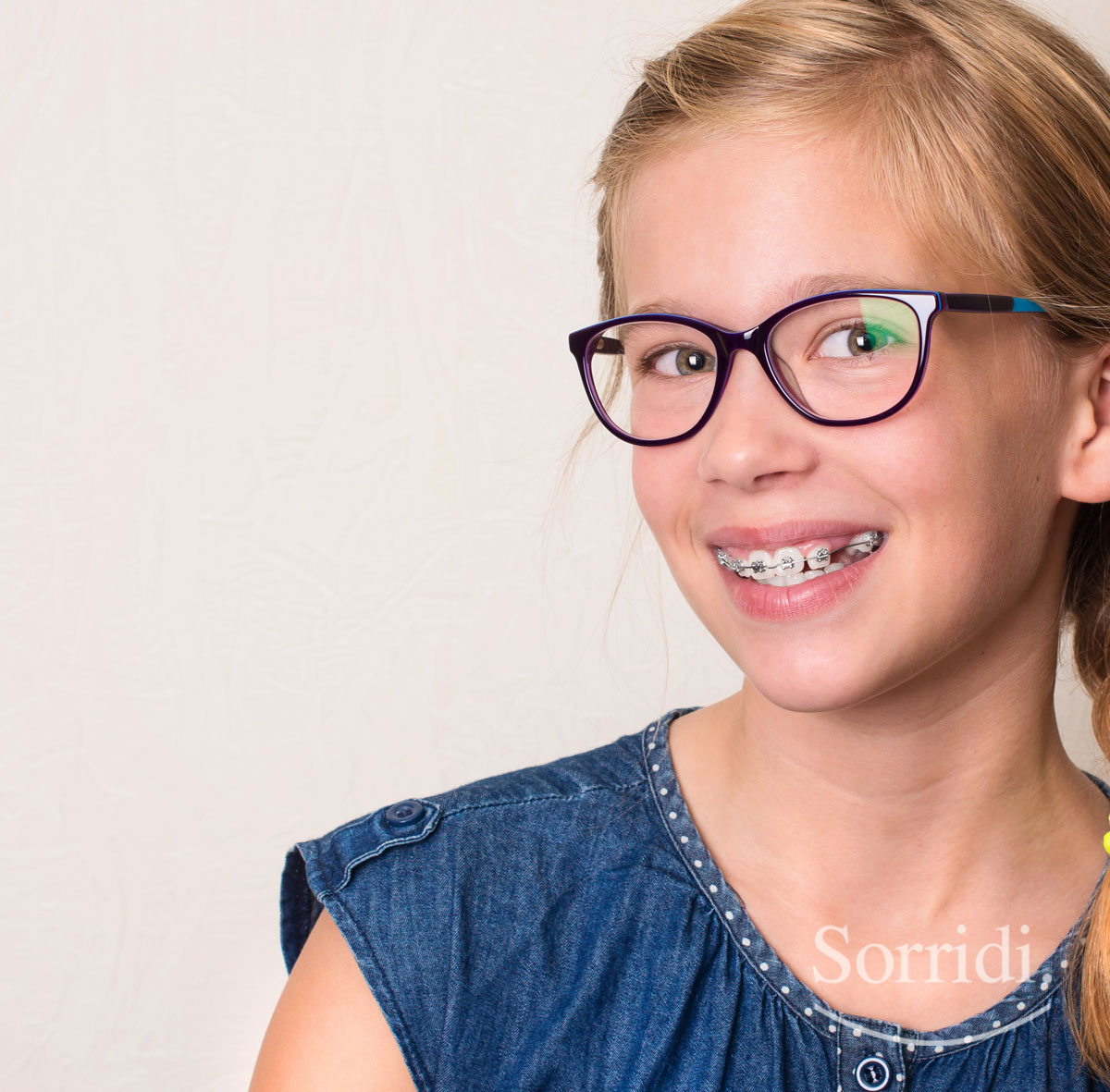
05 Dic Bambini con l’apparecchio ai denti? Ecco qualche consiglio per i genitori!
Sono tante le domande che mamme e papà dei bambini con l’apparecchio ai denti si pongono quotidianamente. Quando è un bimbo a portare l’apparecchio possono essere necessari accorgimenti particolari, legati alla sensibilità del cavo orale dei piccoli pazienti o, semplicemente, alla loro tenera età.
Se il bimbo avverte dei fastidi non scoraggiarti. È del tutto normale, ma esistono degli accorgimenti per affrontare al meglio questa fase delicata e rendere l’esperienza dell’apparecchio nei bambini molto più serena.
Ecco che oggi vogliamo fornire alcuni pratici consigli per genitori alle prese con gli apparecchi dei figli!
Iniziamo.
Presta particolare attenzione all’igiene orale con l’apparecchio fisso
Aiutare i bambini con l’apparecchio ai denti a superare le difficoltà iniziali durante l’igiene orale è molto importante.
L’igiene è il primo punto critico: come si usa lo spazzolino quando si indossa l’apparecchio fisso?
La cosa migliore da fare è simulare mentalmente di dividere l’arcata dentale dei bimbi in due parti:
•La prima tra la gengiva e l’apparecchio.
•La seconda tra l’apparecchio e la parte finale del dente.
Tenendo conto di questa divisione, aiuterai il bimbo a passare lo spazzolino nella prima sezione e successivamente nella seconda, ottenendo una pulizia completa. Per ridurre il rischio di carie bisogna eliminare i residui di cibo che si depositano più facilmente intorno ai breckets facendo anche ingiallire i denti, dove non arriva lo spazzolino impareremo a usare lo scovolino. Attenzione anche all’alimentazione e alle bevande gassate e zuccherate, evita di tenerle in dispensa e di farle sorseggiarle fuori pasto.
Gli strumenti specifici per tenere puliti i denti con l’apparecchio sono le testine ortodontiche per lo spazzolino elettrico, lo spazzolino ortodontico le cui setole al centro sono più corte e lo scovolino.
Aiuta i tuoi bambini ad alleviare i fastidi dell’apparecchio ai denti
Un altro importante consiglio è quello di intervenire quando i denti del piccolo sono doloranti, in modo da non aspettare che il fastidio diventi insistente. Nei bambini con l’apparecchio ai denti il fastidio maggiore può riguardare soprattutto i primi giorni. Ma non preoccuparti non è nulla di grave. Tra la radice e l’osso del dente si accumulano delle sostanze che modellano pian piano i denti ma possono causare indolenzimento. Per attenuare il disagio prova ad esempio a far masticare lentamente al bimbo della mollica di pane: questo movimento favorirà l’uscita delle sostanze responsabili del dolore. In alternativa, sotto prescrizione del dentista, potresti utilizzare degli antidolorifici blandi per alcuni giorni.
Previeni le piccole lesioni gengivali provocate dall’apparecchio dentale
I bambini con apparecchio ai denti potrebbero spesso avvertire del leggero dolore alle guance, dovuto allo sfregamento dei brackets. Ma perché lasciare che il cavo orale si irriti? Prova con della semplice cera ortodontica, acquistabile in farmacia: basta ritagliarla, formare una piccola sfera e applicarla sull’apparecchio per dare sollievo ai piccoli pazienti. Anche alcuni collutori specifici per le afte alla bocca possono essere di grande aiuto nel superare questa fase. Con il tempo comunque, quando la bocca del piccolo avrà fatto l’abitudine, queste micro lesioni saranno sempre meno frequenti.
Elimina le parole negative e rendi più sereno il piccolo paziente
Spesso il timore nell’indossare un apparecchio o nel fare una visita di controllo dal dentista sono frutto di associazioni negative che il bambino sente e fa proprie. Far presente ai bambini con l’apparecchio ai denti che questo non è una punizione o un fastidio, bensì un aiuto per il suo sorriso, può aiutare in questo senso. Meglio evitare di utilizzare parole che associno l’apparecchio a esperienze e sensazioni negative. Piuttosto fai capire ai bimbi l’importanza di prendersi cura dei dentini; spiegagli che lo aiuterà ad avere un sorriso sano e bello anche da grande. Così lo aiuterai a comprendere e accettare la terapia ortodontica in modo collaborativo e sereno, anziché rifiutarla.
Assicurati che non si senta a disagio nell’indossare l’apparecchio
I bambini sono molto sensibili. Per questo ti consigliamo di assicurarti che l’ambiente dove passa gran parte delle sue giornate, come la scuola, lo faccia sentire a proprio agio. Prova a spiegargli simpaticamente che indossare l’apparecchio è momentaneo, e che lo hanno indossato persino tantissimi attori e personaggi famosi. Ma soprattutto ricordagli che il sorriso di un bambino è bello anche con un apparecchio ai dentini!
Per i controlli periodici affidati a uno specialista in ortodonzia
I bambini con l’apparecchio fanno un po’ l’abitudine ai controlli periodici dal dentista. Capita spesso di dover incontrare lo specialista, ad esempio nell’evenienza in cui salti una piastrina dell’apparecchio (cosa del tutto normale e per nulla dolorosa) o per un semplice controllo di routine. Per rendere l’esperienza del trattamento ortodontico più serena possibile per i tuoi bambini, è importante scegliere un odontoiatra esperto e attento, meglio se specializzato in denti dei bambini, Esistono numerosi dentisti pediatrici che oltre ad avere gli strumenti giusti e l’approccio corretto a instaurare un rapporto di fiducia, prestano particolare attenzione a creare un ambiente sereno e colorato, supportati da un équipe di pedagogisti.
Siamo sicuri che questi semplici consigli ti saranno utili per prepararti a supportare i tuoi bambini con l’apparecchio ai denti.
Ma se hai bisogno di ulteriori informazioni o consulenze personalizzate, gli esperti di odontoiatria infantile e ortodonzia dello studio Dott. Ponchio dentista Locarno sono a tua disposizione.
Ti è piaciuto l’articolo? Metti like o condividilo, ne saremo felici!
